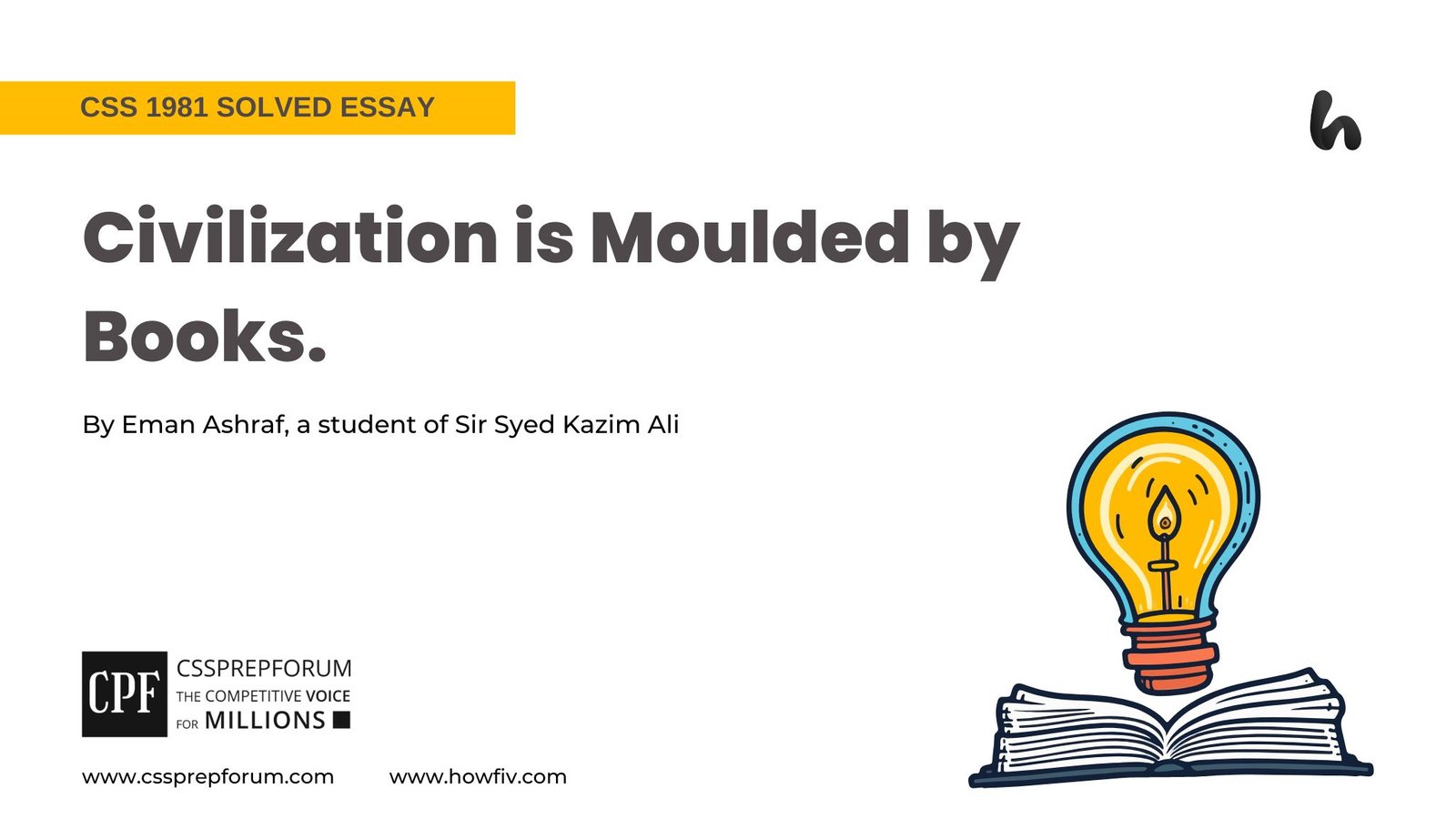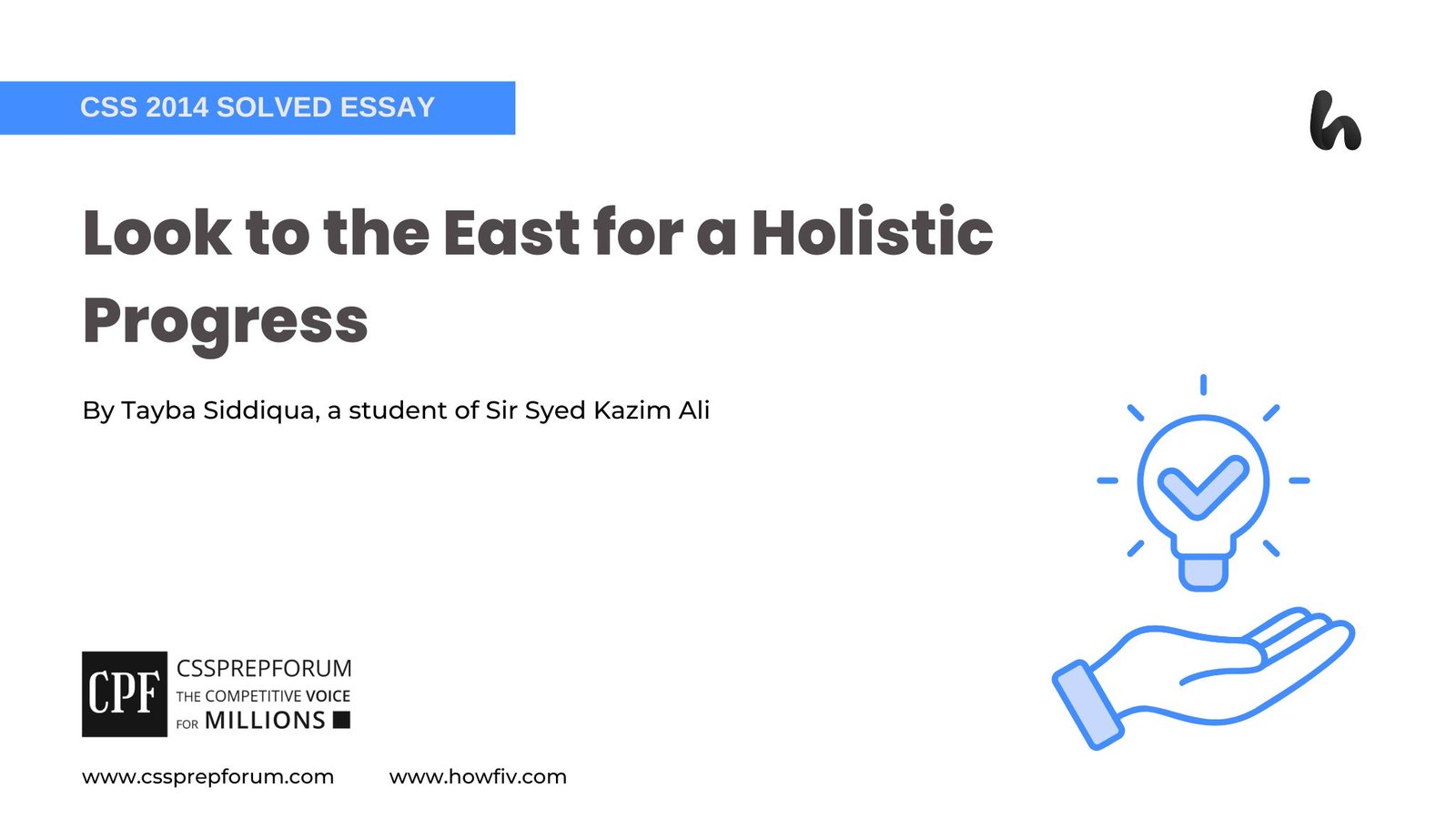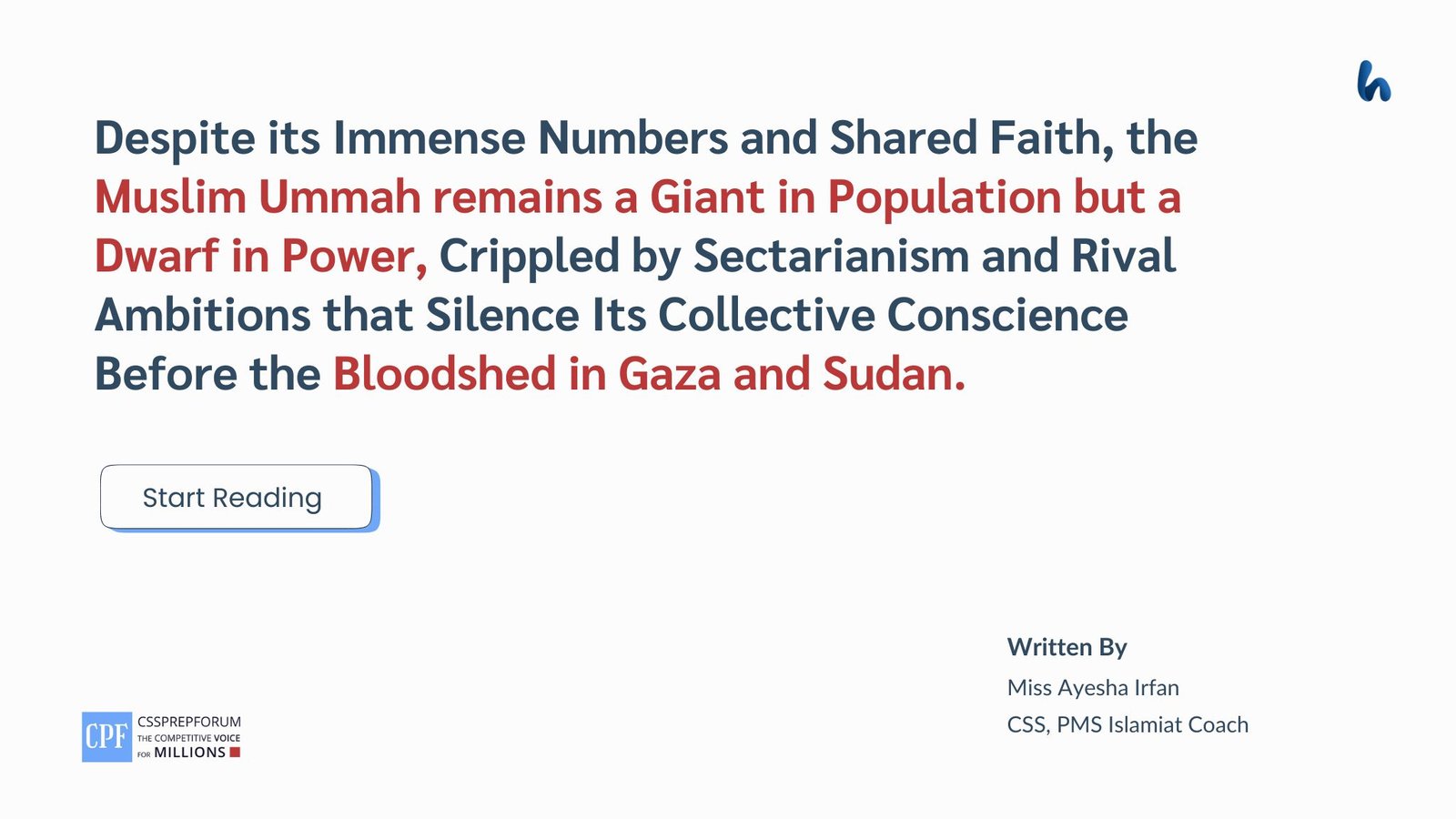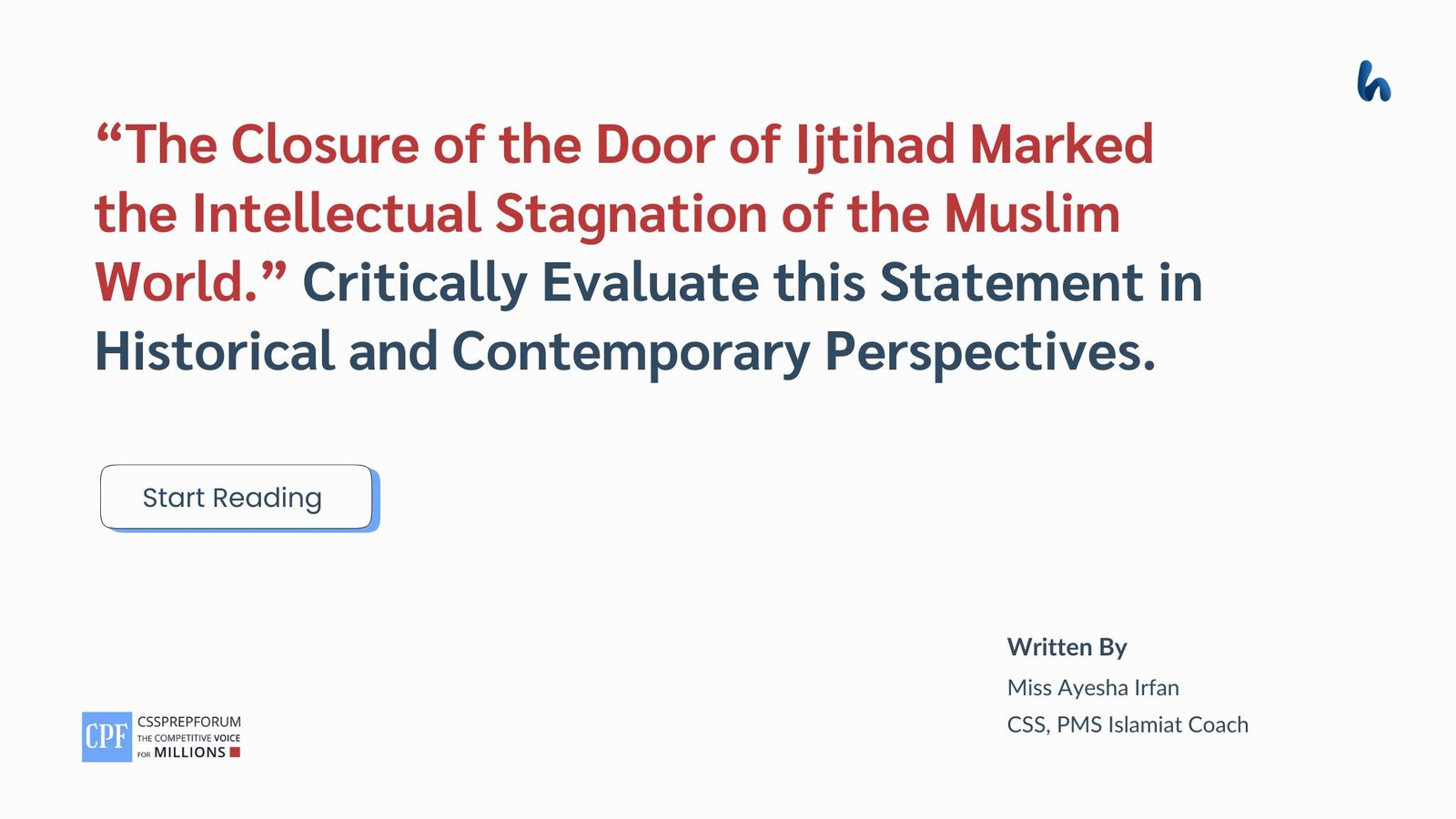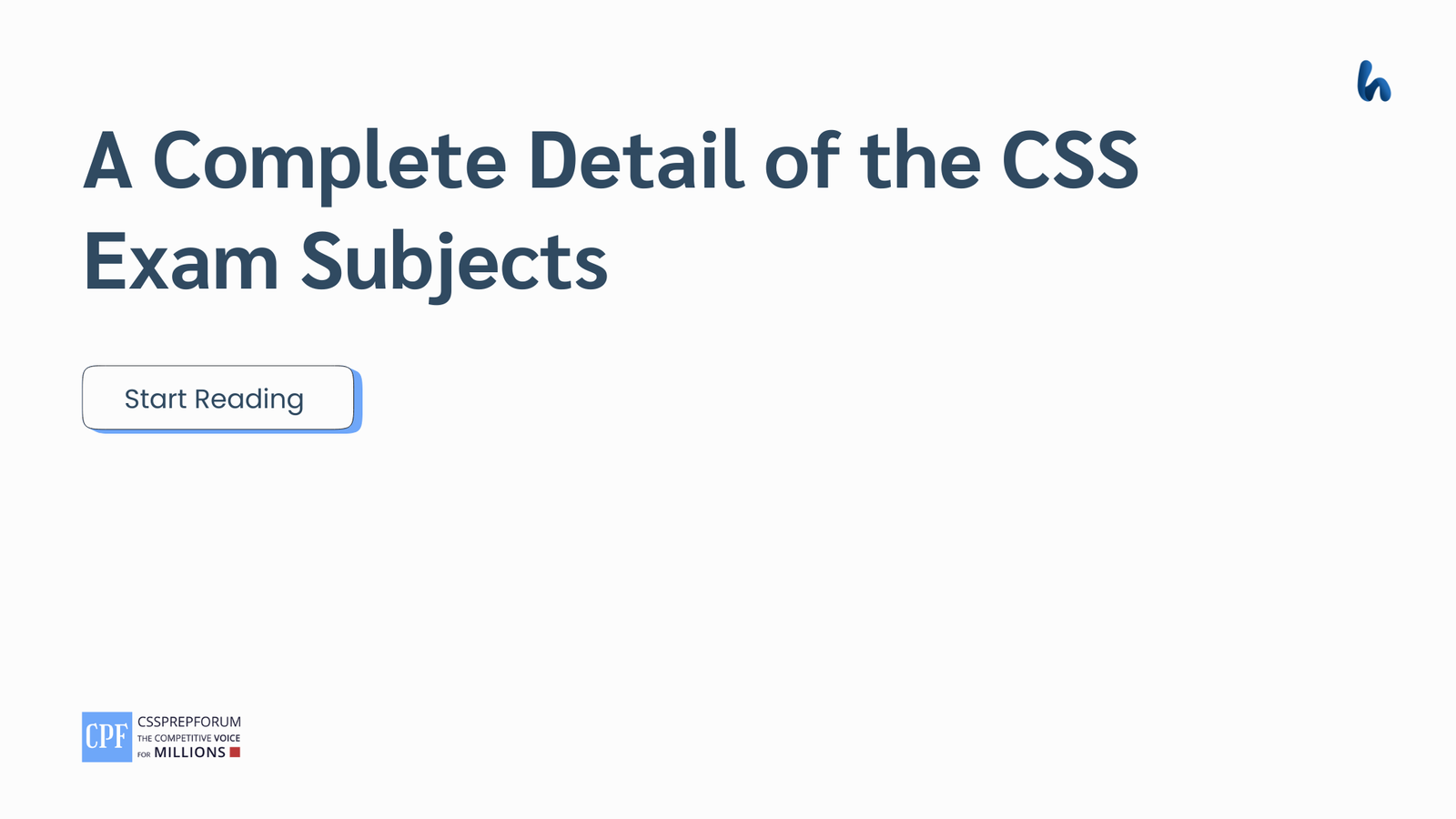CSS Pakistan Affairs | India Pakistan Disputes and Ways to Resolve
The following question of CSS Current Affairs is solved by Fatima Mushtaq under the supervision of Howfiv’s Pakistan Affairs and Current Affairs Coaches. She learnt how to attempt 20 marks question and essay writing from Sir Syed Kazim Ali, Pakistan’s best CSS and PMS English essay and precis teacher with the highest success rate of his students. This solved past paper question is attempted on the pattern taught by Sir to his students, scoring the highest marks in compulsory and optional subjects for years, and uploaded to help aspirants understand how to crack a topic or question, how to write relevantly, what coherence is, and how to include and connect ideas, opinions, and suggestions to score the maximum.

Outline
1-Introduction
2-Deciphering the disputes between India and Pakistan
- ✓ Kashmir Issue
- ✓ Sir Creek Dispute
- ✓ Run of Kutch Dispute
- ✓ Siachen Glacier Dispute
- ✓ Water Dispute
- ✓ Cross Border Terrorism
3-Remedial Measures to solve these conflicts
- ✓ Using Diplomatic Approach
- ✓ Adopting Bilateral Dialogue
- ✓ Implementing Conflict Resolution Mechanisms
- ✓ Enhancing Water Sharing
- ✓ Promoting Economic Cooperation
4-Critical Analysis
5-Conclusion

Answer to the Question
Introduction
“Peace is not the absence of conflict; it is the ability to handle conflict by peaceful means.”
(Ronald Reagen– The ex-president of the USA)
Pakistan and India, being neighbouring states and sharing a common history, have been stranded in a quagmire of conflicts since their inception. There are myriad disputes, such as the Kashmir issue, the Sir Creek border issue, the Run of Kutch issue, the Siachen glacier dispute, water dispute, and cross-border terrorism, which have strained their bilateral relations. To achieve long-lasting peace, both countries, Pakistan and India, should address these challenges by using the diplomatic approach, adopting bilateral dialogue, implementing conflict resolution mechanisms, enhancing water sharing, and promoting economic cooperation to resolve their disputes.
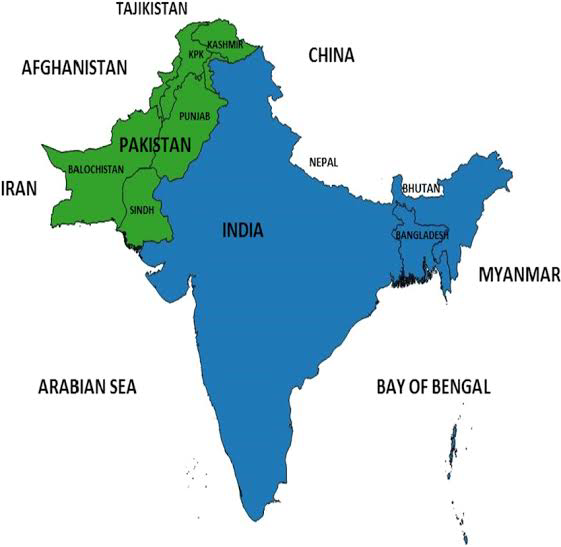
Deciphering the disputes between India and Pakistan
- A Bone of Contention: Kashmir Issue
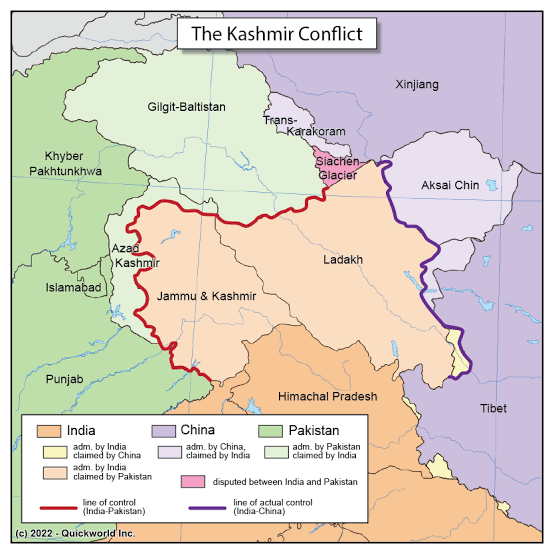
The Kashmir issue, the bone of contention between Pakistan and India, has held the Sub-Continent hostage since 1947. In 1846, the British Empire sold the princely state of Jammu and Kashmir to Gulab Singh. Initially, Hari Singh, the Maharaja of Kashmir, wanted to remain independent but eventually signed an instrument of accession with India in October 1947. Pakistan disputed this accession, leading to the Indo-Pakistani War of 1947, which resulted in the division of Kashmir into Indian-administered Kashmir and Pakistan-administered Kashmir. With multiple wars and skirmishes, including the Indo-Pakistani War of 1965 and the Bangladesh Liberation War in 1971, both countries continued tension in the region. Seeking independence or merger with Pakistan, an insurgency began in Indian-administered Kashmir in 1989, leading to widespread human rights abuses. The Kargil War broke out in 1999, and tensions rose again in 2001-2002, but a ceasefire was agreed upon in 2003. In 2019, India revoked Article 370, granting special status to Jammu and Kashmir, leading Pakistan to downgrade diplomatic ties and suspend trade. Currently, the Kashmir issue remains unresolved agenda of the UN, coupled with periodic clashes and ongoing human rights concerns.
- Sir Creek Border Dispute
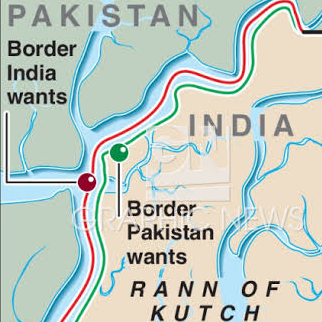
Sir Creek is a 96 km long inlet of water that originates from the Arabian Sea at the boundary of Pakistan’s province, Sindh, and India’s Gujrat. Initially, the problem was between Sindh and the princely state of Kutch, but after the independence of Pakistan and India, it became their issue. This is because Sir Creek is one of the largest areas for the blue economy in Asia. Moreover, it is believed that it hosts large oil and gas reserves beneath as well.
| Pakistan Stance | India Stance |
| Till 1947, the creek belonged to Sindh, but in 1947, India created a dispute over the ownership of the creek. According to paragraph 10 of the 1914 decision, the creek was navigable in the heightide. India applied the Thalvig Principle on Sir Creek. According to this principle, if a water body is disputed and navigable between two states, then the centre of the water body becomes the boundary between both states. However, Pakistan rejects this claim and says that it is not disputed in accordance with1914 decision. | Till 1947, the creek belonged to Sindh, but in 1947, India created a dispute over the ownership of the creek. According to paragraph 10 of 1914 decision, the creek was navigable in the heightide. India applied the Thalvig Principle on Sir Creek. According to this principle, if a water body is disputed and navigable between two states, then the centre of the water body becomes the boundary between both states. However, Pakistan rejects this claim and says that it is not disputed in accordance with1914 decision. |
- Run of Kutch Dispute
Run of Kutch was previously named ‘Bam Ganga’ and later known as ‘Run of Kutch.’ Run in Sanskrit means march place. The Run of Kutch is that marshy area within the princely state of Kutch, which has been disputed between Pakistan and India since 1947. Both Pakistan and India decided to take this matter, ‘Run of Kutch’, to the International Court of Arbitration on 19th Feb 1968. The Indo-Pakistan Western Boundary Case Tribunal awarded ninety per cent area to India and ten per cent to Pakistan. This decision strengthened Pakistan’s claim on Sir Creek, but India rejected it.
| Pakistan Stance | India Stance |
| International Court of Arbitration’s decision strengthened Pakistan’s claim on Sir Creek because the ten per cent of Run of Kutch included Sir creek as well would be part of Pakistan. | India is still not comfortable with the decision and claims that entire Run of Kutch belongs to India. |
- Siachen Dispute
“Pakistan and India are fighting on Siachen is just like a two bald man fighting for a comb.”
(Stephen Stephen Cohen–The USA Specialist on South Asia)
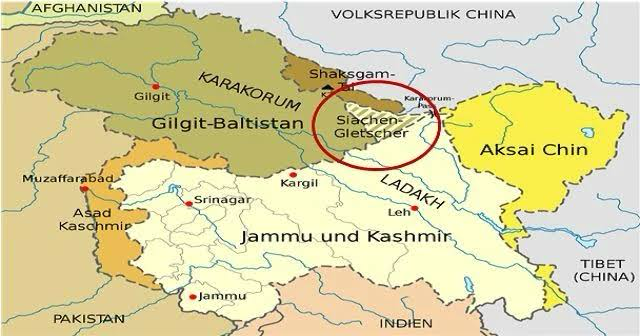
The Siachen dispute is a longstanding territorial conflict between India and Pakistan over the Siachen Glacier, located in the eastern Karakoram range of the Himalayas. The dispute began in 1984, when Indian troops occupied the glacier, citing concerns about Pakistani attempts to claim the territory. Both countries claim sovereignty over the glacier, which is strategically located near the Line of Control (LoC) between India and Pakistan. The conflict has resulted in the deaths of thousands of soldiers from both sides, mainly due to harsh weather conditions and avalanches. Despite several attempts at resolving the dispute, a lasting solution has yet to be achieved, and the Siachen Glacier remains one of the world’s most inhospitable and contested territories.
| Pakistan Stance | India Stance |
| While India claims that the entire Siachen belongs to it. | While India claims that entire Siachen belongs to it. |
- Water Dispute
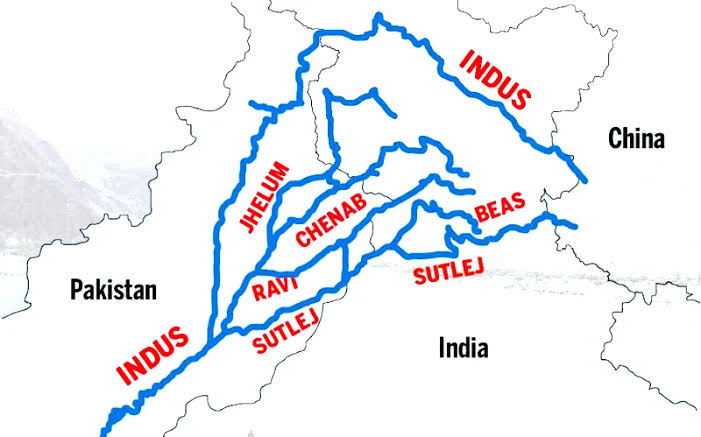
The water dispute between India and Pakistan revolves around the sharing of the Indus River waters, which originate in India but flow through Pakistan. The Indus Waters Treaty (IWT) of 1960 allocated the waters of the six Indus rivers between the two countries, with India granted control over the eastern rivers (Ravi, Beas, and Sutlej) and Pakistan granted control over the western rivers (Indus, Jhelum, and Chenab). However, disputes have arisen over India’s construction of dams and hydroelectric projects on the western rivers, which Pakistan claims violate the treaty and reduce water flow. The dispute has led to tensions. In diplomatic efforts to resolve this issue, Pakistan seeks international arbitration, and India wants to maintain its right to develop water resources. The dispute remains unresolved, impacting the agriculture sector, hydroelectric power, and the livelihoods of millions of people in both countries.
| Pakistan claim | India claim |
| Disputes has arisen over India’s construction of dams and hydroelectric projects on the western rivers, which Pakistan claims that it violates the treaty and reduces water flow. | India wants to maintain its right of developing water resources because he considers that Pakistan wastes its water that we can utilize it. |
- Cross Border Terrorism
The terrorism issue between India and Pakistan is a longstanding and complex dispute, with both countries accusing each other of supporting and sponsoring terrorist activities. India alleges that Pakistan provides safe haven and support to militant groups such as Lashkar-e-Taiba and Jaish-e-Mohammed, which have carried out attacks in India, including the 2008 Mumbai attacks. Pakistan denies these allegations and claims that India is involved in fomenting instability in Pakistan through its support of separatist groups in Baluchistan and other regions. The dispute has led to increased tensions and military standoffs, including the 2019 Pulwama attack and subsequent aerial clashes. The issue remains unresolved, with both countries maintaining their stance and the international community calling for restraint and dialogue to address the issue. The terrorism dispute is closely linked to the Kashmir issue, with militant groups often citing Kashmir as a motivation for their actions.
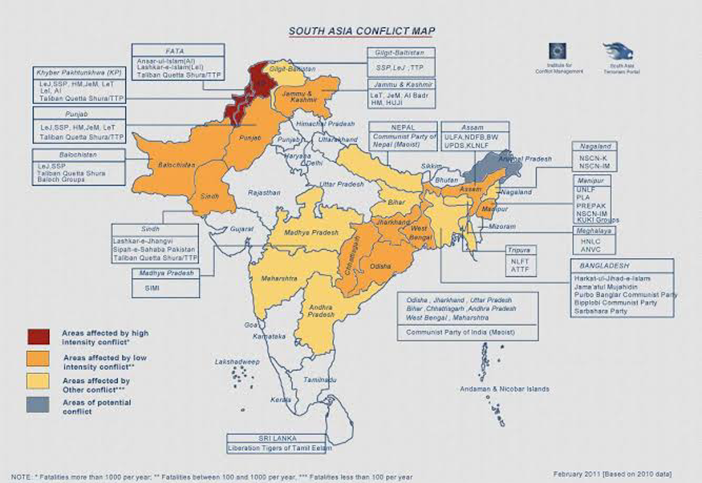
| Pakistan claims | India claims |
| Pakistan denies these allegations and claims that India is involved in fomenting instability in Pakistan through its support of separatist groups in Baluchistan and other regions. | India alleges that Pakistan provides safe haven and support to militant groups such as Lashkar-e-Taiba and Jaish-e-Mohammed, which have carried out attacks on India. |
Remedial Measures to Solve These Conflicts
Resolving the India-Pakistan conflict is a complex and challenging task, but it is not impossible. To achieve long-lasting peace in the whole region, several steps and strategies could be considered.
- Using Diplomatic Approach
A high-level diplomatic approach should be established and maintained to allow for ongoing communication and conflict resolution. Regular meetings between foreign ministers and heads of state on a regular basis can promote trust among each other. It would help both countries to establish friendly relations with each other. Therefore, a diplomatic approach would promote peace in South Asia.
- Adopting Bilateral Dialogue
Bilateral dialogue is necessary to resolve the conflicts between India and Pakistan. Resuming and sustaining a meaningful, uninterrupted bilateral dialogue is crucial. For instance, after the Fall of Dhaka, both signed the Shimla Agreement to solve their disputes bilaterally. They should stick with this agreement. Both nations should commit to regular high-level talks to address various existing issues, including Kashmir and water-sharing. Hence, it would assist in restoring peace in South Asia.
- Implementing Conflict Resolution Mechanisms
Creating impartial mediation or negotiation processes with an agreed-upon neutral mediator can help India and Pakistan resolve disputes. Such mechanisms offer a fair and unbiased platform for negotiation, facilitating diplomatic solutions and preventing conflicts from escalating, promoting peace in the region. Thus, other diplomatic channels are necessary to keep friendly relations between them.
- Enhancing Water Sharing
Peaceful Water sharing would enhance peace in the region. By improving collaboration on water resources, including the potential adjustment of the Indus Water Treaty, both India and Pakistan can manage their shared rivers more equitably. Involving fair agreements ensures a fair assessment of disputes, promoting sustainable water use and mitigating a source of conflict between the two nations. Therefore, water sharing would bolster their ties.
- Promoting Economic Cooperation
Economic cooperation is vital to improve good relation between India and Pakistan. Promoting economic interdependence between India and Pakistan through trade, joint projects, and regional economic cooperation can build common interests. The cooperation strengthens relations, reduces hostility and provides an incentive for peaceful resolution. Hence, both nations can benefit economically from collaborative development initiatives.
Critical Analysis
Since their inception, both India and Pakistan have kept hostile relations with each other. The reason is that there are a multitude of disputes that are driving them to keep strained relations with each other and putting the South Asia peace at stake. However, still, there is still room for peace. According to Manmohan Singh, “My Vision is to work for the relationship between India and Pakistan, which would be like the relationship between Canada and the United States of America. This highlights that if leadership is sincere, both countries can work to promote peace in the region. Hence, Pakistan and India issues can be resolved through a pragmatic and sustainable approach.
Conclusion
History shows that both Pakistan and India, despite sharing a common culture and geography, have always remained hostile to each other. Due to this reason, they have been entangled in different disputes, including the Kashmir issue, the Sir Creek issue, the Run of Kutch, the Siachen dispute, the Water dispute, and cross-border terrorism, that have halted their relations. However, there is always a silver lining in dark clouds. Therefore, by using the diplomatic approach, adopting bilateral dialogue, implementing conflict resolution mechanisms, enhancing water sharing, and promoting economic cooperation, it can resolve the issues between Pakistan and India and promote peace in the region.
“World peace must develop from inner peace. Peace is not just the mere absence of violence. Peace is, I think, the manifestation of human compassion.”
(Dalai Lama)

CSS Solved Past Papers’ Essays
Looking for the last ten years of CSS and PMS Solved Essays and want to know how Sir Kazim’s students write and score the highest marks in the essays’ papers? Then, click on the CSS Solved Essays to start reading them.
CSS Solved Essays
CSS Solved Islamiyat Past Papers
Want to read the last ten years’ Islamiyat Solved Past Papers to learn how to attempt them and to score high? Let’s click on the link below to read them all freely. All past papers have been solved by Pakistan’s top CSS Islamiyat coach having the highest score of their students.
CSS Solved Islamiyat
CSS Solved General Science & Ability Past Papers
Want to read the last ten years’ General Science & Ability Solved Past Papers to learn how to attempt them and to score high? Let’s click on the link below to read them all freely. All past papers have been solved by Pakistan’s top CSS GSA coach having the highest score of their students.
CSS Solved General Science and Ability


